Proxy Error Code: Quick Fixes for Common Issues
Facing a "Proxy Error Code" indicates a significant issue within your network's data exchange pathways. These codes go beyond trivial glitches; they alert you to deeper operational concerns. This article aims to unravel the complexities of these errors, imparting the necessary knowledge to resolve them efficiently and maintain your online activities fluidity. We invite you to discover with us how to simplify these daunting error messages, assuring an unbroken digital experience.
What Is a Proxy Error?
A proxy error is a type of HTTP status message that appears when a request to a web server, made through a proxy, does not succeed. A proxy server is an intermediary system or router that provides a way for you to interact with internet sites without exposing your own IP address.
There are several proxy error codes you might encounter, such as 407 (Proxy Authentication Required), 503 (Service Unavailable) and 502 (Bad Gateway). These errors suggest there are issues with the proxy server or how it's set up in your network settings.
Common reasons for proxy errors include:
- The proxy server being temporarily offline or overloaded with requests.
- The website you're trying to reach may have blocked the proxy server's IP address.
- The proxy server may need a username and password to allow a connection.
- There could be a mismatch between the website's required protocols or encryption and the proxy's capabilities.
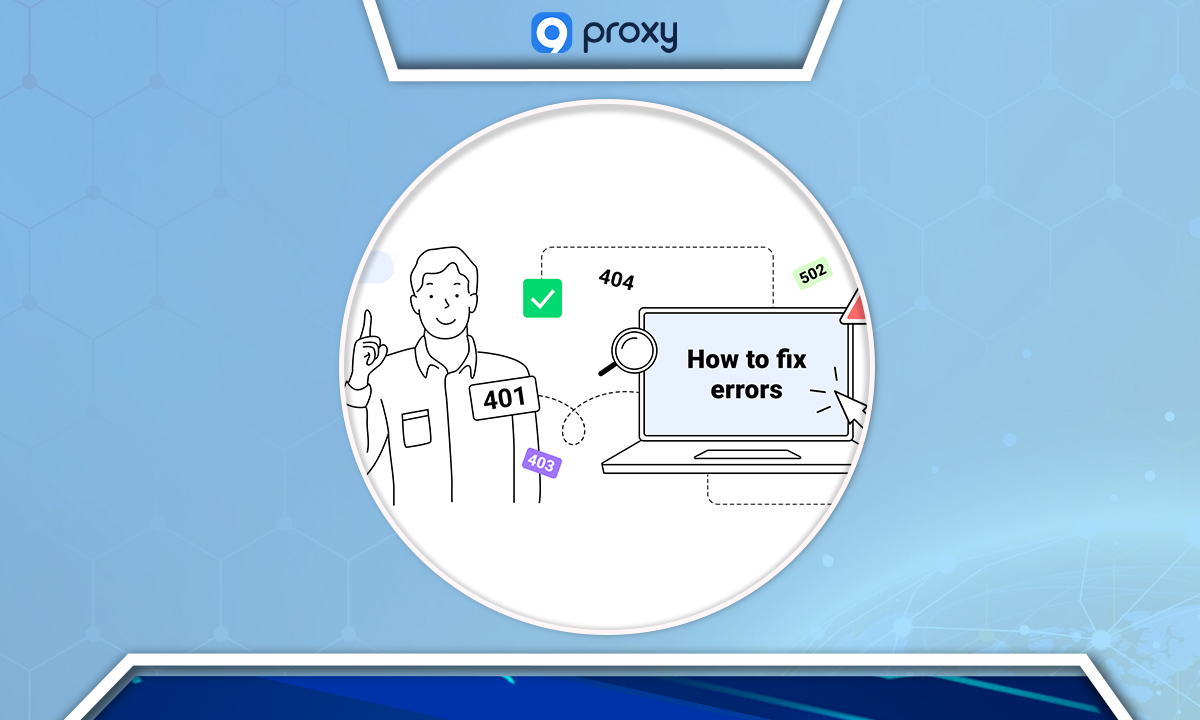
Classes of Proxy Error Codes
HTTP status codes are systematically grouped into five categories for better understanding of their initial cause. Every code has a tri-digit number, with the first digit indicating its category. When browsing websites, encountering the 4xx and 5xx series of codes might be more common. Here's an overview of these HTTP status codes:
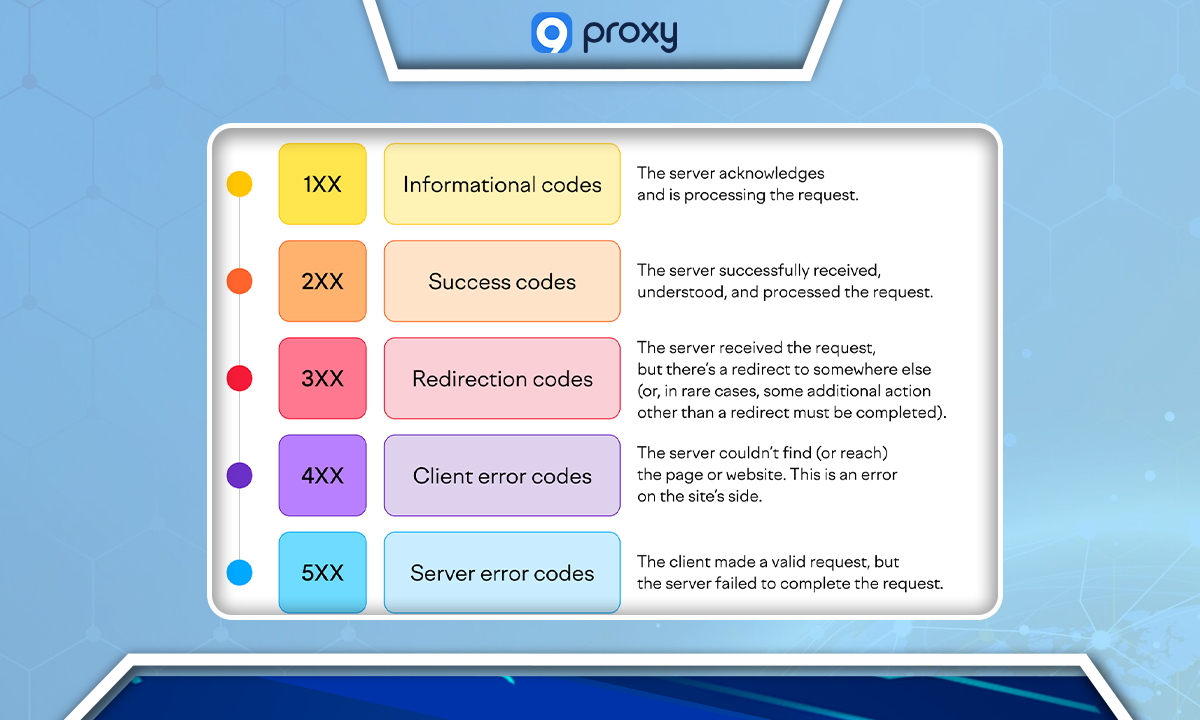
1xx (Information Responses)
The 1xx series in HTTP status codes denotes that the server has accepted the client's request and is processing it, without any proxy-related issues identified. These are provisional responses lacking content, serving to notify the client about the ongoing status of their request and to enhance communication efficiency.
- 100 – Continue: This code signals that the request has been partially received and expects the remainder to be sent, typically instigated by a preliminary header with “expect: 100 – continue”.
- 101 – Switching Protocols: This indicates the server's agreement to switch protocols as requested by a client's browser, confirmed when the server communicates “100 – Switching Protocols”.
- 102 – Processing (WebDAV): Signifying extended processing time for a request, particularly when the server is handling multiple sub-requests via WebDAV, and communicates “102 – Processing”.
- 103 – Early Hints: This code conveys the server's preliminary feedback that it has yet to commence processing the client's requests.
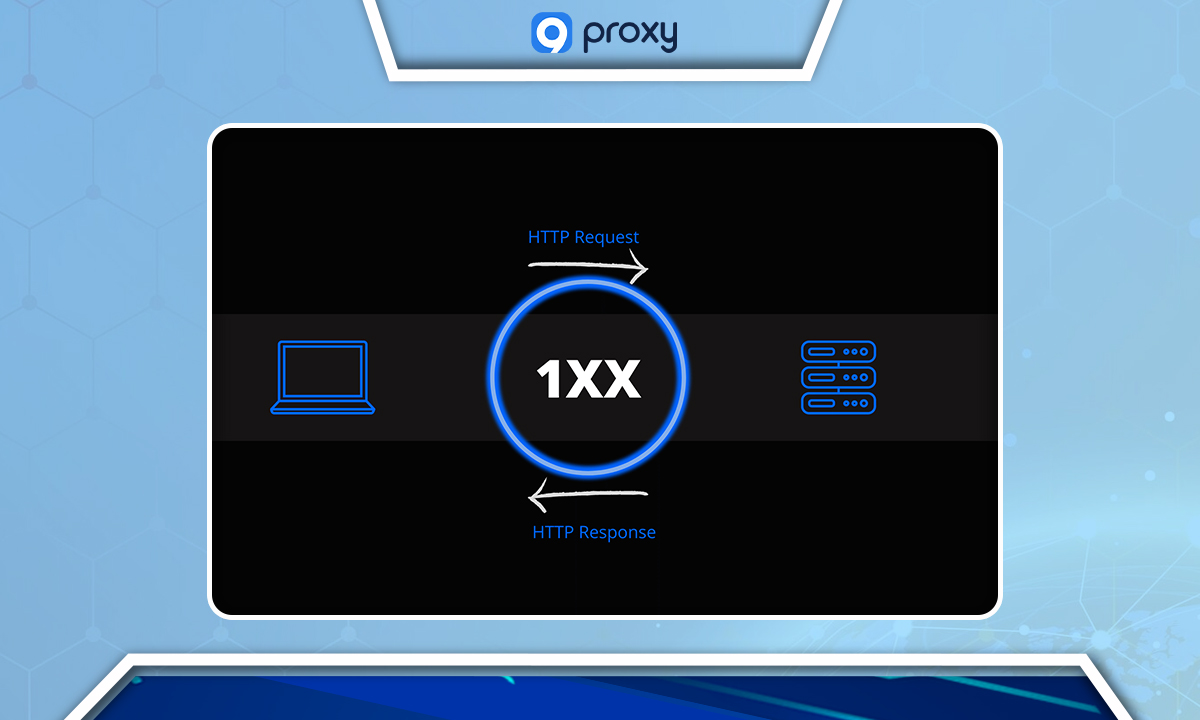
2xx (Successful Responses)
This series represents successful processing of client requests by the server, without encountering any proxy server errors, and entails actions like resource delivery or creation. The 2xx codes also convey details on the request status, including acceptance awaiting completion, partial content return, or prompting a client-side view reset.
- 200 – OK: The request has been fulfilled, leading to the delivery of the desired resource, typical after GET or certain POST requests.
- 201 – Created: Signifying the creation of a new resource following a request, often associated with server authentication processes.
- 202 – Accepted: Denotes the server's receipt but not the completion of a request, merely confirming acceptance.
- 204 – No Content: This code is indicative of a server's failure to locate content in response to a request.
- 205 – Reset Content: Similar to 204, this requests the client to reset their content view.
- 206 – Partial Content: This reflects the server's delivery of only part of the content requested by the client's header, as might occur with file range requests.
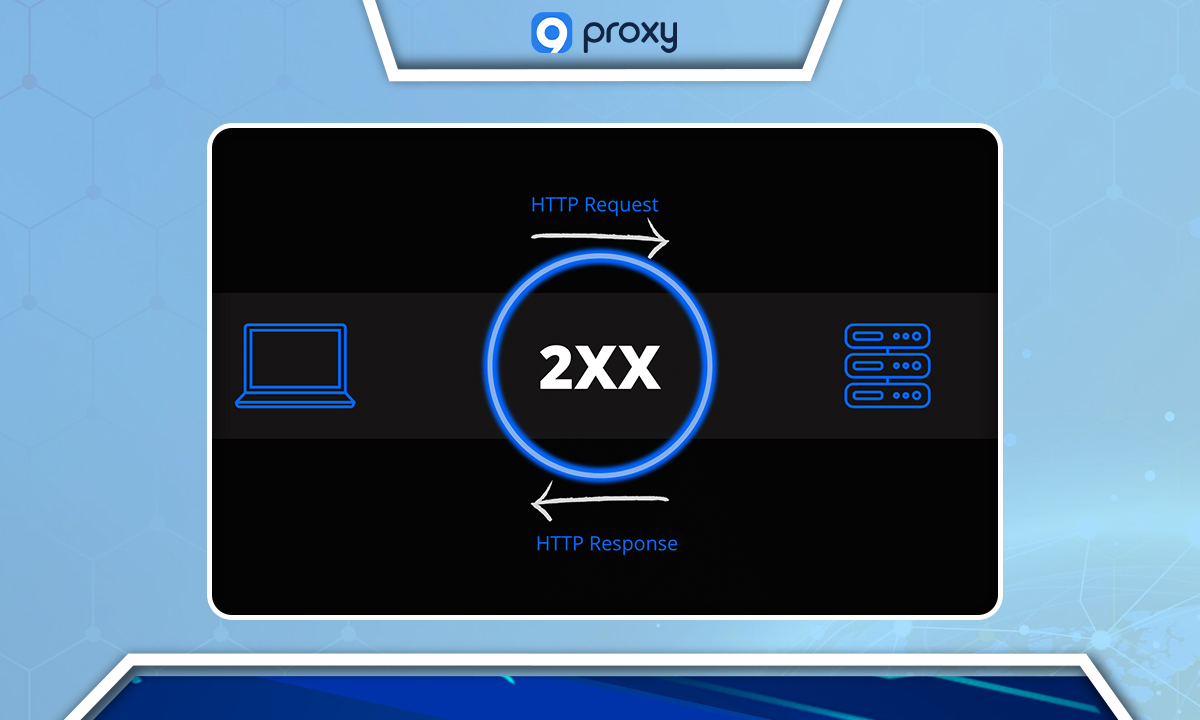
3xx (Redirection Responses)
The 3xx series necessitates additional actions for request completion, often involving redirection to a new resource URL or a choice array. These codes also detail the redirection type, including its permanence, requirement for a different request method, or proxy involvement.
- 300 – Multiple Choices: This code implies multiple possible responses, requiring user involvement for the correct selection.
- 301 – Moved Permanently: Denotes a permanent redirection to a new URL, replacing the original reference.
- 302 – Found: Indicates a temporary redirection to an alternative URL.
- 303 – See Other: Points to a different URL for the sought resource, accessible via a “GET” request.
- 304 – Not Modified: Communicates an unchanged resource since the last request, aiding in reduced load times for crawlers.
- 305 – Use Proxy: Dictates the need for a proxy server to access the resource, sometimes accompanied by the proxy address.
- 307 – Temporary Redirect: Temporarily redirects to another URI, as specified in the header, with future requests returning to the original URL.
- 308 – Permanent Redirect: Similar to 307 but denotes a permanent resource move to a new URI.
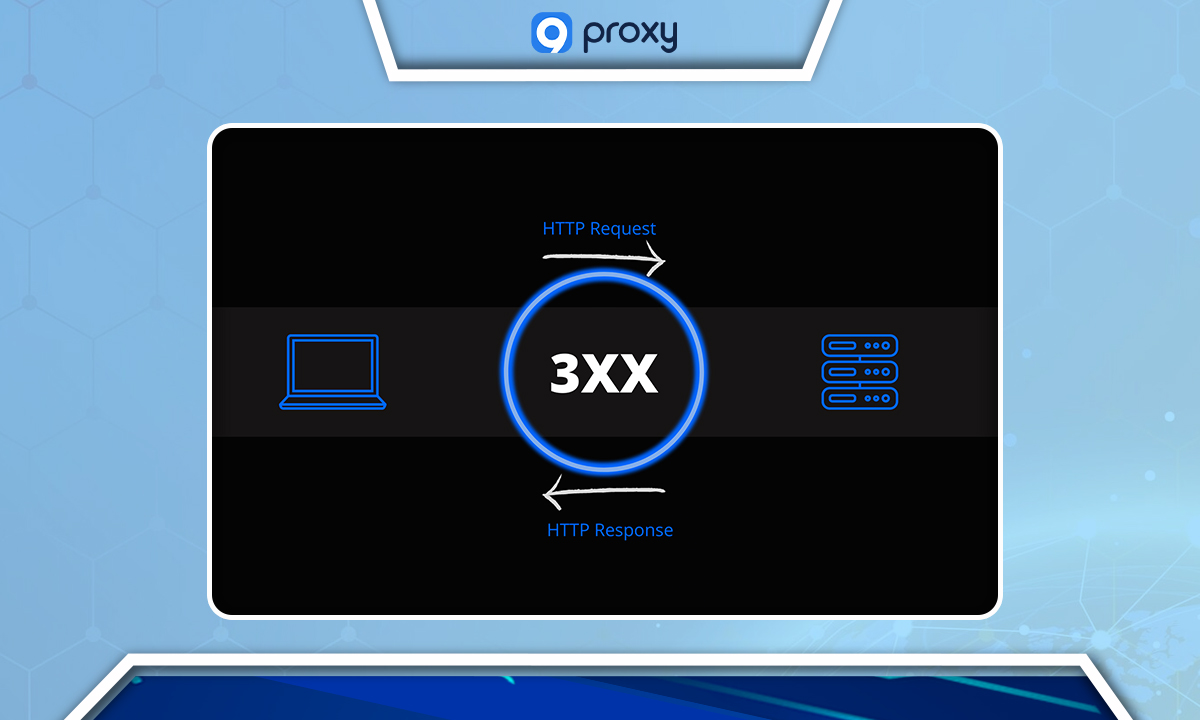
4xx (Client Errors)
The 4xx series points to client-side errors where the request contained issues or couldn't be served by the server. Clients must revise their request syntax, parameters, headers, or formats. This series provides insights into the error cause, like authentication issues, timeouts, or unsupported features.
- 400 - Bad Request: Reflects an unprocessable request by the server, often due to syntax errors or protocol discrepancies.
- 401 – Unauthorized: The request lacks valid authentication credentials.
- 402 - Payment Required: Currently reserved for future use, indicating payment necessity.
- 403 – Forbidden: A valid request is refused authorization by the server.
- 404 - Not Found: The server cannot locate the requested resource.
- 405 - Method Not Allowed: An unsupported method was employed in the request.
- 406 - Not Acceptable: The request's format isn't compatible with the server's capabilities.
- 407 - Proxy Authentication Required: Authentication credentials for a proxy server are required and missing or incorrect.
- 408 - Request Timeout: The server times out waiting for the request to complete.
- 409 - Conflict: There's a conflict with the resource's current state.
- 410 - Gone: The resource is permanently removed with no forwarding address.
- 411 - Length Required: The server mandates a content length header not provided in the request.
- 412 - Precondition Failed: Server-defined preconditions are not met in the request.
- 413 - Payload Too Large: The request payload surpasses the server's processing capacity.
- 414 - URI Too Long: The URI provided is excessively lengthy for the server to handle.
- 415 - Unsupported Media Type: The media format of the requested resource is not supported.
- 416 - Range Not Satisfiable: The server can't accommodate the requested ranges of a file.
- 417 - Expectation Failed: The server can't meet the requirements of the "expect" request header.
- 418 - I'm a teapot: An April Fools' joke from 1998, suggesting the server is a teapot.
- 422 - Unprocessable Entity: The request is well-formed but unable to be processed due to semantic errors.
- 423 - Locked: The requested resource is locked.
- 424 - Failed Dependency: A request fails due to the failure of a previous request.
- 425 - Too Early: Indicates the server is unwilling to risk processing a request that might be replayed.
- 426 - Upgrade Required: The server demands a protocol upgrade from the client.
- 428 - Precondition Required: The server requires certain conditions to be met before processing the request.
- 429 - Too Many Requests: The client has sent too many requests within a given timeframe.
- 431 - Request Header Fields Too Large: Some header fields are too extensive for the server to process the request.
- 451 - Unavailable For Legal Reasons: The resource access is barred due to legal reasons.
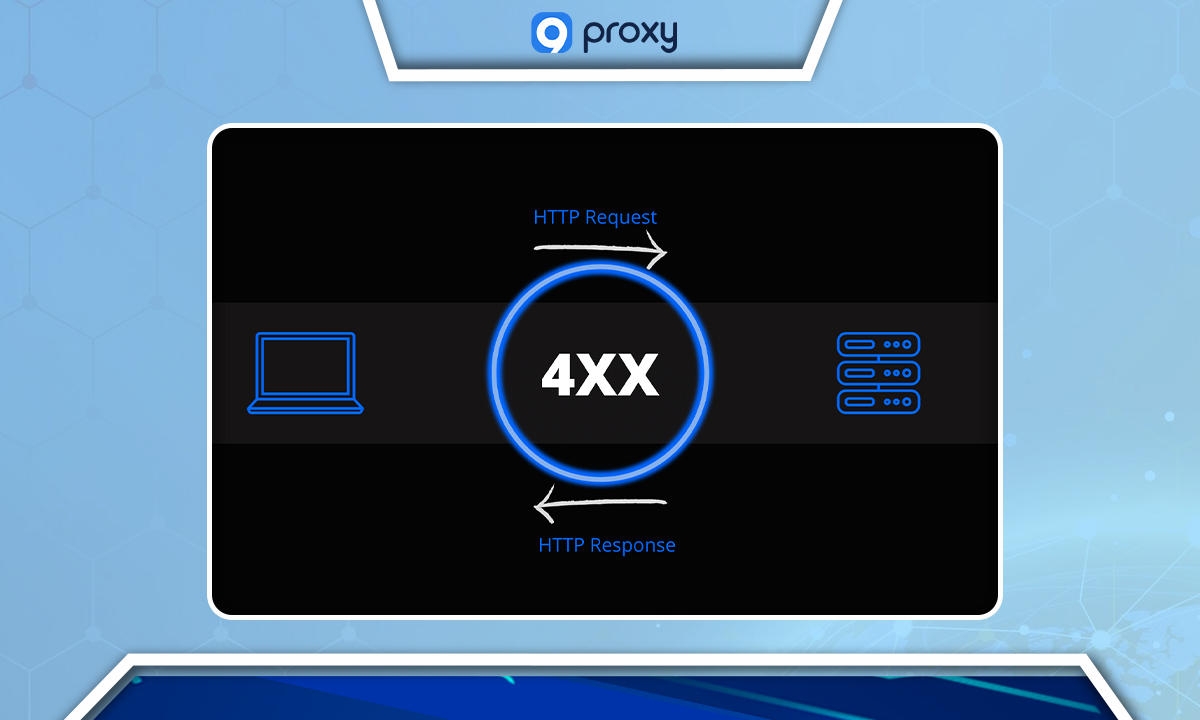
5xx (Server Errors)
The 5xx series highlights server-side issues preventing the fulfillment of a request. These errors occur irrespective of the client's request format or syntax, indicating internal server malfunctions, gateway or proxy failures, or necessary service unavailability.
- 500 – Internal Server Error: A general error when the server fails to fulfill a valid request.
- 501 – Not Implemented: The server does not support the functionality required to fulfill the request.
- 502 – Bad Gateway: A server acting as a gateway or proxy receives an invalid response from the upstream server.
- 503 – Service Unavailable: The server is currently unable to handle the request due to temporary overloading or maintenance.
- 504 – Gateway Timeout: The gateway or proxy server times out while waiting for a response from an upstream server.
- 505 – HTTP Version Not Supported: The server does not support the HTTP protocol version used in the request.
- 506 – Variant Also Negotiates: A server error where transparent content negotiation leads to a circular reference.
- 507 – Insufficient Storage: The server is unable to store the representation needed to complete the request.
- 508 – Loop Detected: WebDAV server detection of an infinite loop while processing a request.
- 510 – Not Extended: Further extensions to the request are required for it to be fulfilled.
- 511 – Network Authentication Required: The client needs to authenticate to gain network access.
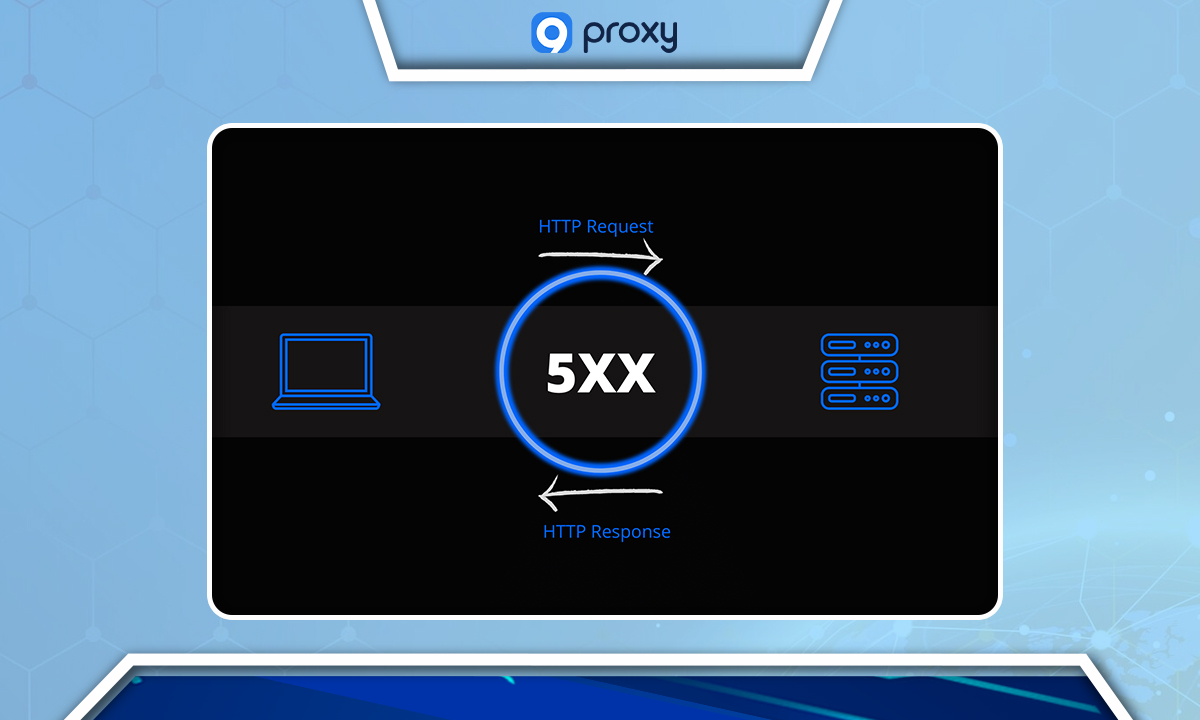
How to Solve Common Error Codes?
Navigating HTTP error codes can be challenging, especially if you're new to browsing or developing websites. Here's a clear and straightforward guide on how to resolve some of the most common HTTP error codes you might encounter.
- 400 Bad Request: This error occurs when the server cannot process your request due to an apparent client error. To resolve this, check the URL for accuracy, ensuring no misspellings or errors are present. For users employing a custom proxy, verify that your proxy settings are configured correctly.
- 403 Forbidden: This code signifies that access to the requested resource is denied. To overcome this, use a reliable and reputable proxy server. Alternately, try accessing the resource with a different proxy or without using a proxy to see if access is granted.
- 404 Not Found: The server can’t find the requested resource. Double-check the URL for errors. If the URL is correct and the issue remains, the problem might lie with the proxy server. Attempt to access the URL again via a different proxy or directly to rule out proxy-related issues.
- 407 Proxy Authentication Required: This indicates your request requires user authentication to proceed through a proxy server. Ensure your proxy settings are updated with the accurate username and password. If credentials were changed recently, update your configuration to match.
- 500 Internal Server Error: This error suggests a generic server malfunction. Initially, you can simply wait and retry as the issue might be temporary due to server overloads. Persistent errors warrant contacting your proxy provider for an investigation into potential server-side issues.
- 502 Bad Gateway: When you see this error, the server, acting as a gateway, received an invalid response from an upstream server. It's beneficial to first attempt direct website access, bypassing any proxies, to identify if the problem is with the website or the proxy. If the issue is proxy-related, switching proxies or reaching out to the proxy provider could resolve the error.
- 504 Gateway Timeout: This error indicates that a server did not receive a timely response from another server. Pausing for a moment before attempting to reconnect often resolves this issue. If the problem continues, consider choosing an alternative proxy server or contacting the proxy service for support.
How to Fix Proxy Errors When Browsing the Web?
To fix proxy errors when browsing the web, you can do the following:
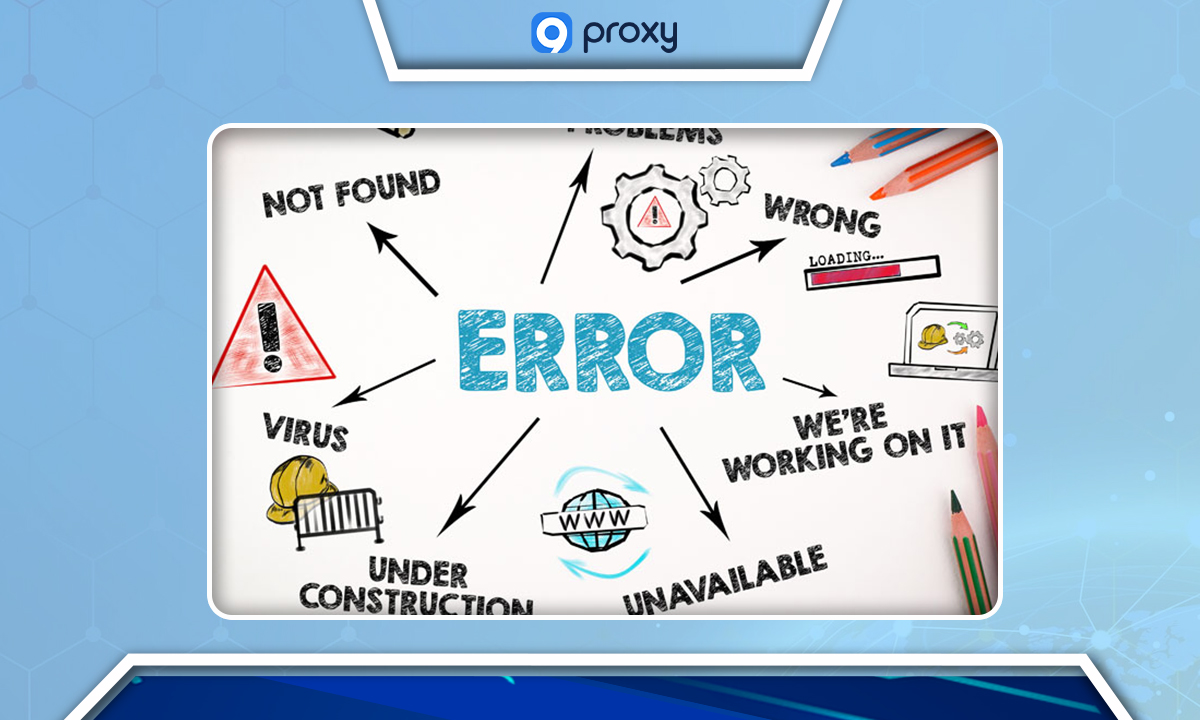
Checking Your Proxy Settings
To maintain a stable connection, ensure your proxy settings are correctly configured. This involves confirming the accuracy of the server address, port, and login credentials (username and password). Mistakes in these settings are common culprits behind connection problems and error messages.
Transition to Residential Proxy Networks
For tasks like web scraping, where a large number of requests are made, using residential proxies is more reliable. Unlike datacenter proxies, which use a limited number of server-based IP addresses, residential proxies provide access to a wider and more diverse pool of IP addresses from real devices. This variety helps to mitigate the risk of being blocked or encountering errors due to too many requests from a single IP address. Companies like Infatica offer extensive residential proxy pools, enhancing your chances of smooth web scraping operations.
Enhance Your Rotation Strategy
A key strategy in avoiding detection and bans while scraping is to rotate your IP address with each request. This makes it less likely for a website to flag your activity as suspicious. Implementing a robust IP rotation system through your proxy management tool or scraper software can make your scraping process more efficient and less prone to blockages.
Reduce Request Volume
Sending too many requests in a short timeframe can raise red flags for a website's security systems, potentially leading to proxy errors or blocks. To prevent this, manage the frequency of your requests by introducing delays. This approach strikes a balance between efficient data collection and avoiding triggering anti-DDoS (Distributed Denial of Service) or anti-scraping defenses.
Ensure Scraping Tools Overcome Blockages
Lastly, utilizing advanced scraping tools can significantly reduce the occurrence of proxy errors. These tools are designed to navigate around web restrictions and anti-scraping technologies, particularly on sites that are highly vigilant, like e-commerce platforms. Opting for a scraper that can handle a myriad of restrictions is crucial for effective and swift data collection.
FAQ
How can I identify a proxy error code?
A proxy error code is displayed in your browser or network tool with a code number and a message describing the issue.
Does a Proxy Error Code always require technical expertise to fix?
No, some proxy errors can be fixed by checking your settings, restarting your router, or reloading the webpage.
Are there Proxy Error Codes that indicate success rather than failure?
No, proxy error codes signal problems. Successful operations use HTTP status codes in the 200 range, like 200 OK.
What's the difference between Proxy Error Codes 401 and 407?
Error 401 means authentication is needed for the main server and hasn't succeeded. Error 407 is similar but for the proxy server specifically.
Conclusion
In conclusion, understanding and resolving a proxy error code can be straightforward with the right knowledge. Whether you're faced with a common issue like a 502 Bad Gateway or a more specific one such as a 407 Proxy Authentication Required, the solutions often lie in checking your settings or using the correct tools. Remember, not all proxy error codes require in-depth technical skills to fix, and with these tips, you're well-equipped to address them. For more insightful guides and tips on navigating proxy errors and optimizing your internet experience, be sure to visit 9Proxy's blog. We're here to help you stay connected and keep your online activities smooth and uninterrupted.
Get Newsletters About Everything Proxy-Related